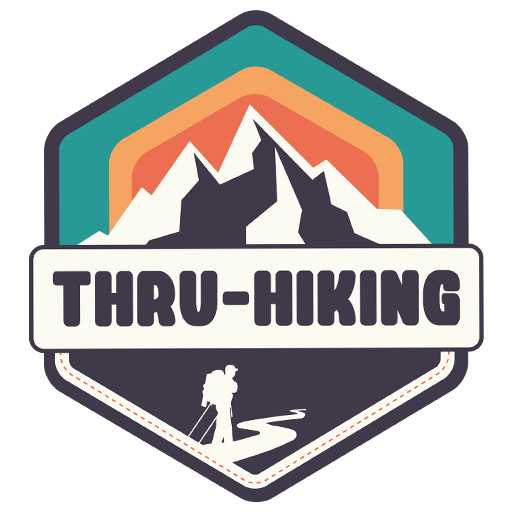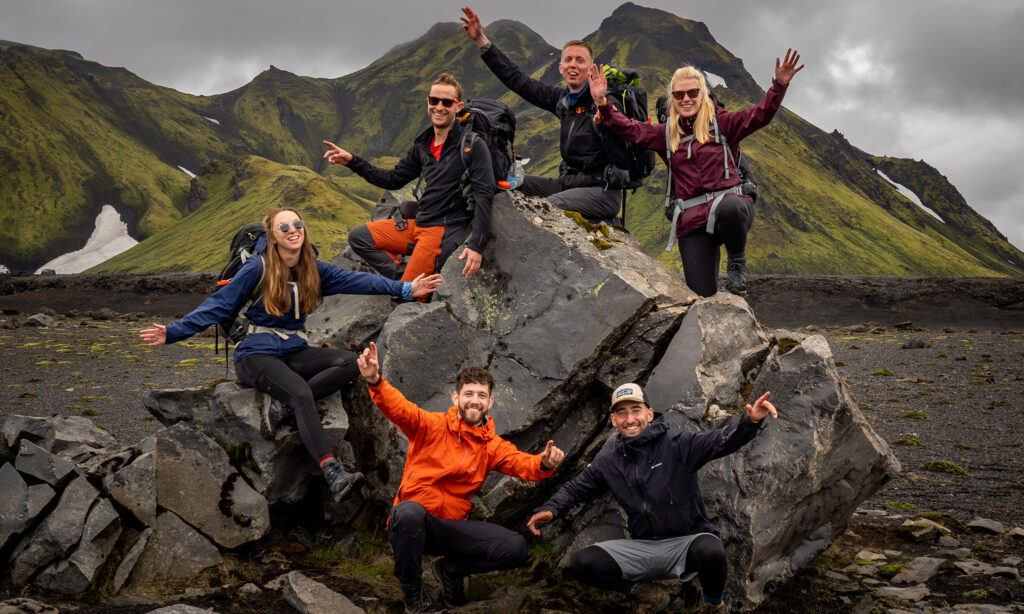Shoes
Home / Material / Shoes
No blisters
Shoes
- Terrain
- Type of shoes
- High or low
Which type of shoes do you need for your thru-hike?
On the trail your hiking shoes will be your best friends. They will carry you over mountain tops, through meadows, and maybe even trudge through snow. Therefore, it is essential to trust your shoes and feet. The choice for a shoe type is one of the most important choices you need to make during your preparations. If you have the right shoes, you won’t have any regrets. If you choose the wrong ones, your feet will get sore, and you might need to change shoes along the way.
We would like to give you some tips on how to choose the right shoe type and what factors you need to consider:
- Terrain and circumstances
- Type of shoe
- Low or high shoes
- Trail runners and approach
- Waterproof
- The right choice
Terrain and circumstances
The type of shoes you need depends on the terrain and the circumstances you can encounter during your hike. Do you expect to experience a lot of rain and mud on the Penine Way or will you be walking across the Swiss Alps? How heavy will your pack be? What are the weather conditions going to be like? These are all things you need to take into account. When you don’t expect wet conditions on the trail, there is no need for waterproof shoes. Once you have established the conditions of the trail, you can start to decide which shoes you want to hike in.
Type of shoes
Every terrain requires a different type of shoes. The different shoe types are categorized as follows: category A, B, C or D. Next to this, you can also choose trail runners or approach shoes. What do these different categories entail? Let’s find out:
Type A: the light and low walking shoe. Used for long, but not technical hikes. Comfortable shoes that are (also) suitable for hikes in your own neighbourhood.
Type B: the light and high walking shoe. Hiking shoes that provide more ankle stability and mostly have a thicker sole. Suitable for most mountain hut treks.
Type C: the heavier and high walking shoe. Suitable for challenging trails with heavy gear. Has a stiff and thick sole making the sole crampon friendly.
Type D: the alpine shoe. Suitable for climbing in the (high) mountains. Suitable for crampons, stiff and sturdy. These shoes are not suitable for a thru-hike.
If you are not climbing any mountains, shoes in category C and D are most likely not suitable. Most thru-hikers choose for low and light shoes from either category A or B. These shoes are generally considered to be more comfortable compared to the higher walking shoes. Another option is to choose for trail runners or approach shoes.
Trail runners and approach shoes
If you decide to go with low hiking shoes, there are more options than just the normal A-category shoes. Nowadays there are more and more trail runners and approach shoes that are perfectly suitable for a thru-hike. A trail runner shoe is more flexible and will feel comfortable to wear. The downside is that they will wear out faster than category B shoes. When choosing to hike in trail runners, you need to make sure that your ankles are strong enough. The approach shoes are in most cases more firm and less prone to wear compared to trail runners. These shoes provide more support for your feet and can be used on simple via ferrata tracks.
Low vs. high shoes
You need to decide if you want low or high hiking shoes. Find out more about these two shoe types by reading our blog “Low vs. high shoes.” In short, the following can be said:
Low shoes are often lighter and more flexible but provide less support and protection for your ankles. Next to this, they are often not waterproof.
High shoes are firmer and provide more support, but they are also heavier and less comfortable. They are more suitable for wet surfaces, but because of the firmer sole you will have less feeling with the ground.
-> Read blog “Low vs. high shoes”
Waterproof
You also need to decide if you want waterproof shoes or not. Make an estimation of the weather and the type of terrain in order to make a choice. On wet trails, waterproof shoes are a must-have. However, for most trails you don’t necessarily need them. Keep in mind that non-waterproof shoes are often lighter and have better ventilation. Your feet will thank you! Did you still get your shoes wet? Take them off and let them dry in the sun.
The right choice
Lastly, the correct choice for a shoe type is largely based on your own preference. Maybe you prefer hiking in high shoes or like to hike in trail runners: anything is possible. If you make sure that the shoes of your choice also fit the trail type, you will most likely be fine. During your preparations you will have enough time to test your shoes to make sure you find the perfect match!
Find more gear lists and your next trail on our sister website.




